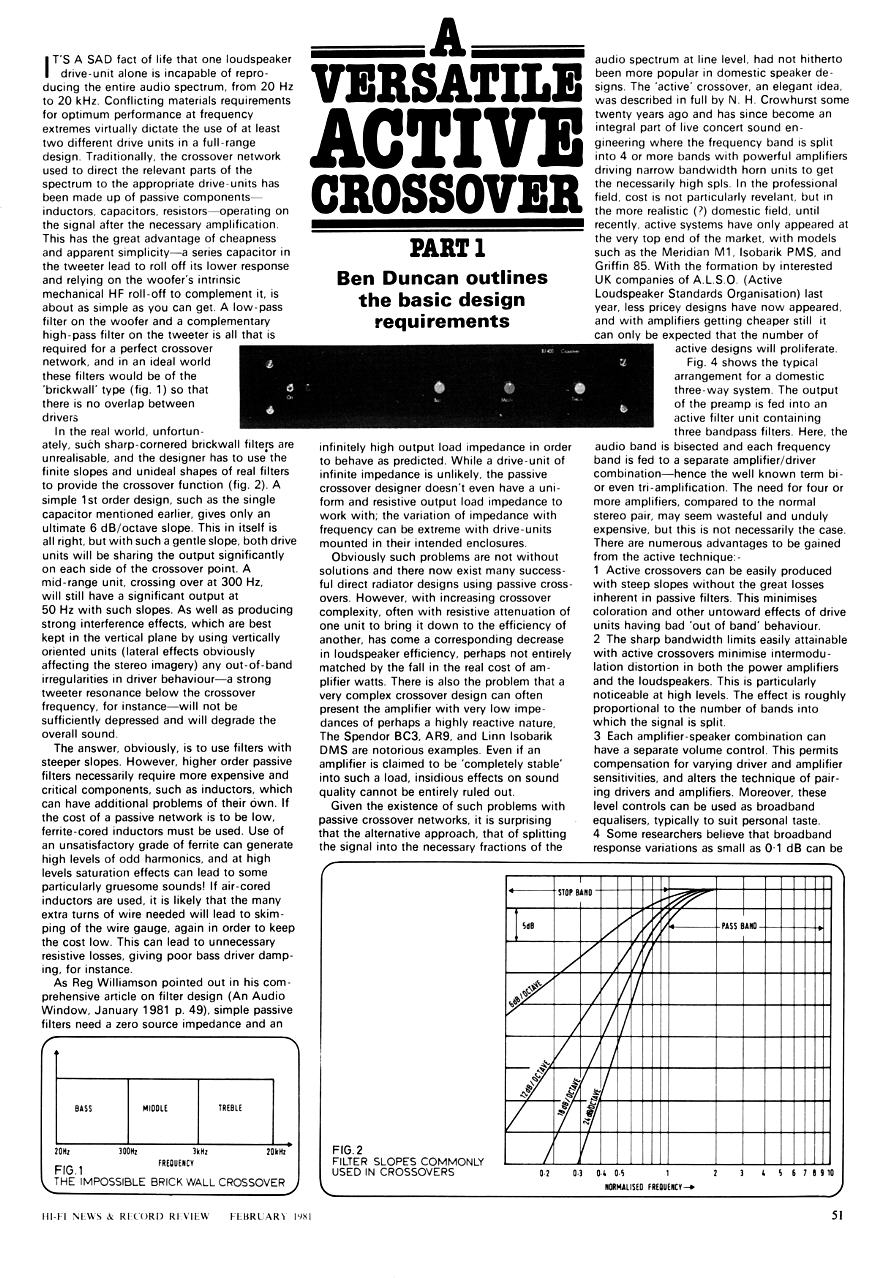So whatis it with speaker baffle edges?
Squared off? Rounded? If rounded, is it a small rad or a large rad?
Should your baffle be wide or narrow? Which is better for imaging? Width determines where a crossover needs baffle step to balance edge dispersion effects, but which part of the frequency range is it best to allow this to be dealt with? If you have a rounded edge baffle, which baffle width measurement is used to calculate baffle step frequency or does is just need to be in the right ballpark?
Why don't more speakers use pods like B&W D8xx series where there is less edge to worry about, even in the bass cabinet of the latest iteration?
What else should be baffling me about these things?
Squared off? Rounded? If rounded, is it a small rad or a large rad?
Should your baffle be wide or narrow? Which is better for imaging? Width determines where a crossover needs baffle step to balance edge dispersion effects, but which part of the frequency range is it best to allow this to be dealt with? If you have a rounded edge baffle, which baffle width measurement is used to calculate baffle step frequency or does is just need to be in the right ballpark?
Why don't more speakers use pods like B&W D8xx series where there is less edge to worry about, even in the bass cabinet of the latest iteration?
What else should be baffling me about these things?



